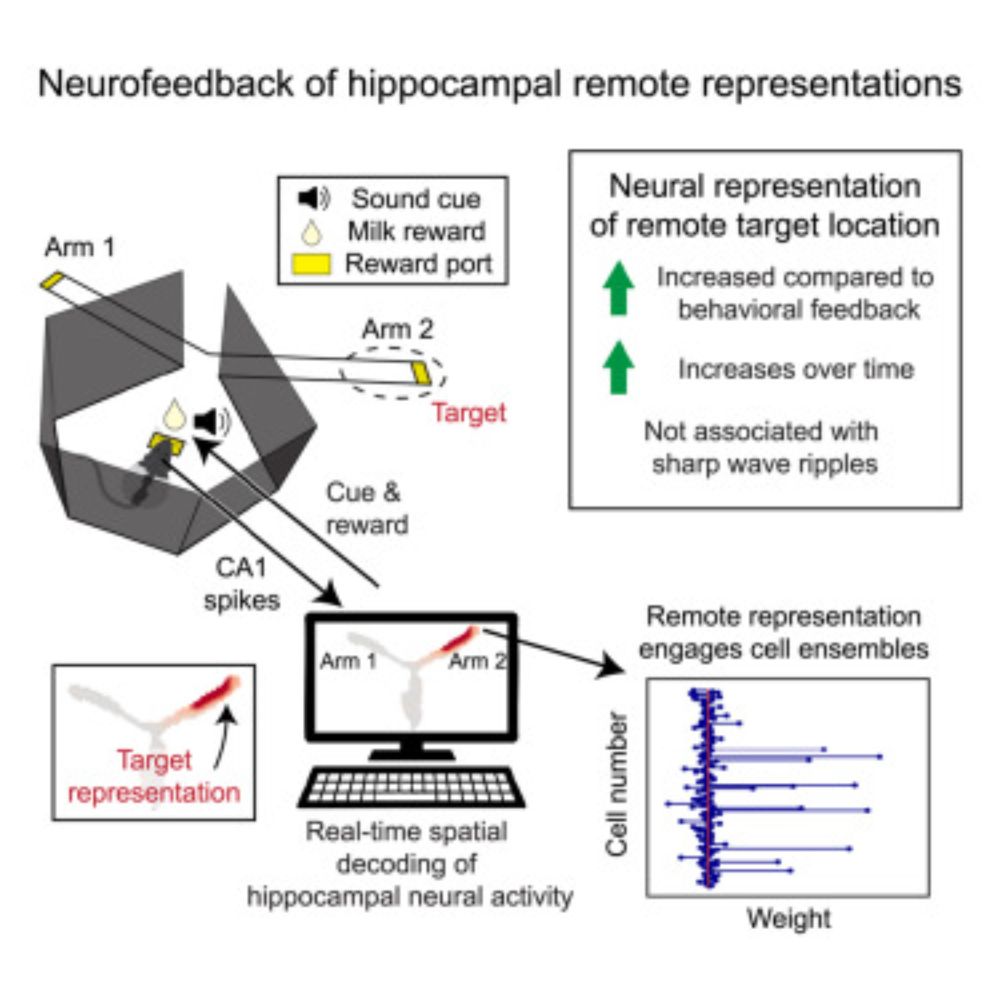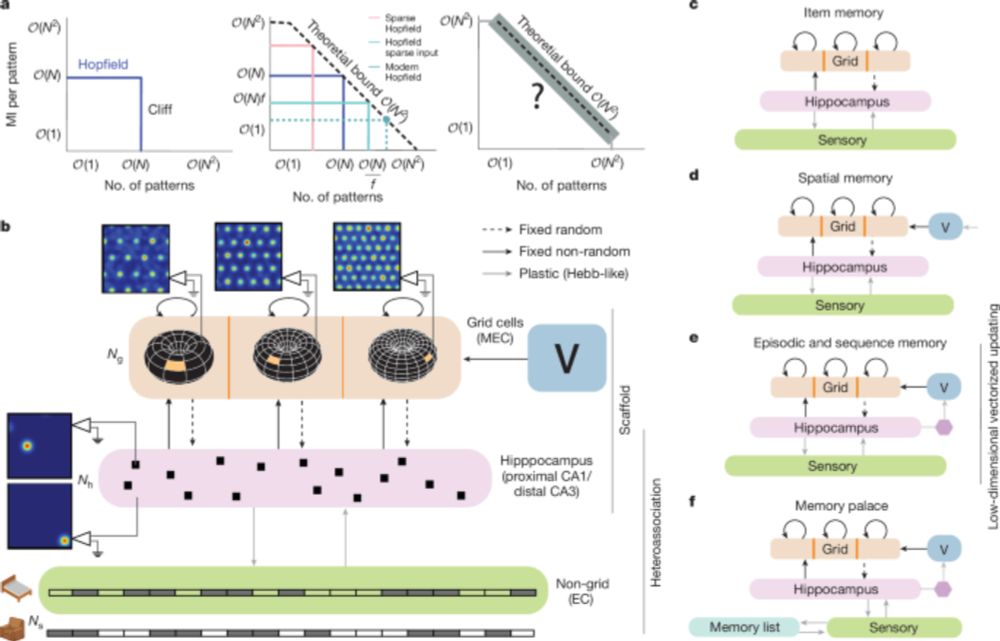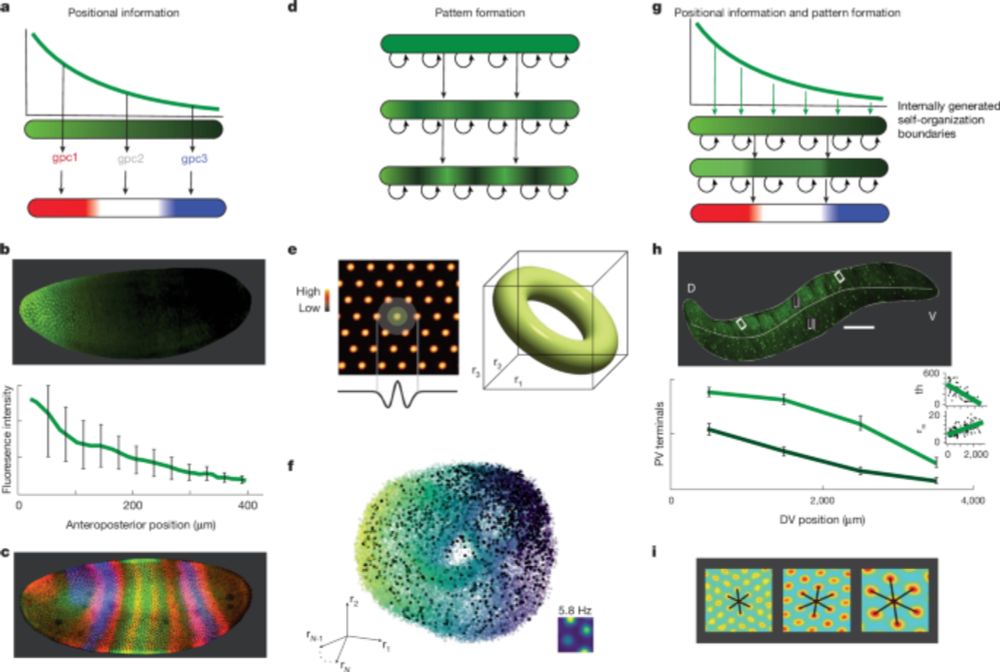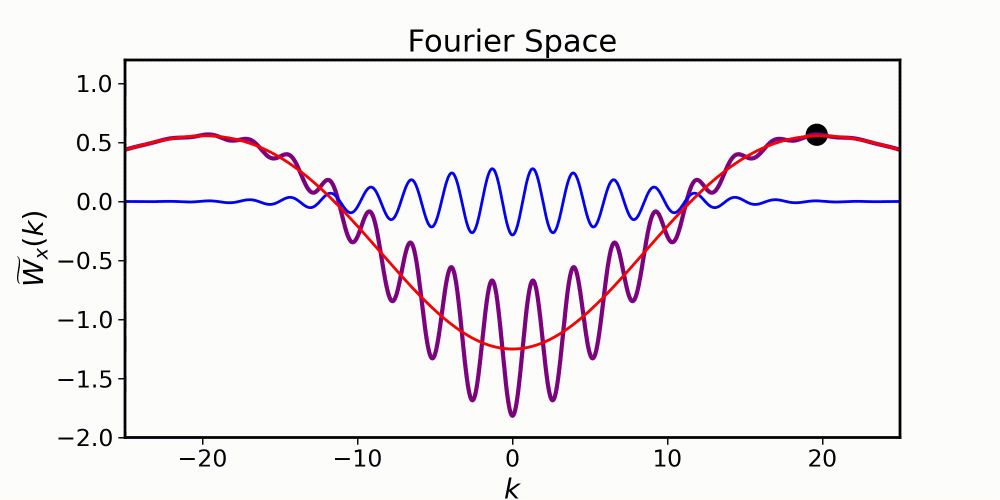Sarthak Chandra
@sarthakc.bsky.social
120 followers
49 following
25 posts
Interested in neuroscience, development and dynamical systems | Faculty member @ ICTS | Previously: @MIT, @UMD, @IITK
Posts
Media
Videos
Starter Packs
Pinned
Reposted by Sarthak Chandra
Blake Richards
@tyrellturing.bsky.social
· Mar 20

Closed-loop modulation of remote hippocampal representations with neurofeedback
Animal models of memory retrieval trigger retrieval with cues and measure retrieval
using behavior. Coulter et al. developed a neurofeedback paradigm that rewards hippocampal
activity patterns associa...
www.cell.com
Sarthak Chandra
@sarthakc.bsky.social
· Feb 19
Sarthak Chandra
@sarthakc.bsky.social
· Feb 19
Sarthak Chandra
@sarthakc.bsky.social
· Feb 19
Sarthak Chandra
@sarthakc.bsky.social
· Feb 19
Sarthak Chandra
@sarthakc.bsky.social
· Feb 19
Sarthak Chandra
@sarthakc.bsky.social
· Feb 19
Sarthak Chandra
@sarthakc.bsky.social
· Feb 19
Sarthak Chandra
@sarthakc.bsky.social
· Feb 19
Sarthak Chandra
@sarthakc.bsky.social
· Jan 18
Sarthak Chandra
@sarthakc.bsky.social
· Jan 18
Sarthak Chandra
@sarthakc.bsky.social
· Jan 17

Episodic and associative memory from spatial scaffolds in the hippocampus - Nature
A neocortical–entorhinal–hippocampal network model based on grid cell states recapitulates experimental results and reconciles the spatial, associative and episodic memory roles of the hippocampus.
www.nature.com
Sarthak Chandra
@sarthakc.bsky.social
· Jan 17
Sarthak Chandra
@sarthakc.bsky.social
· Jan 17
Sarthak Chandra
@sarthakc.bsky.social
· Jan 17
Sarthak Chandra
@sarthakc.bsky.social
· Jan 17
Sarthak Chandra
@sarthakc.bsky.social
· Jan 17
Sarthak Chandra
@sarthakc.bsky.social
· Jan 17
Sarthak Chandra
@sarthakc.bsky.social
· Jan 17
Sarthak Chandra
@sarthakc.bsky.social
· Jan 17
Sarthak Chandra
@sarthakc.bsky.social
· Jan 17
Sarthak Chandra
@sarthakc.bsky.social
· Jan 17
Sarthak Chandra
@sarthakc.bsky.social
· Jan 17

